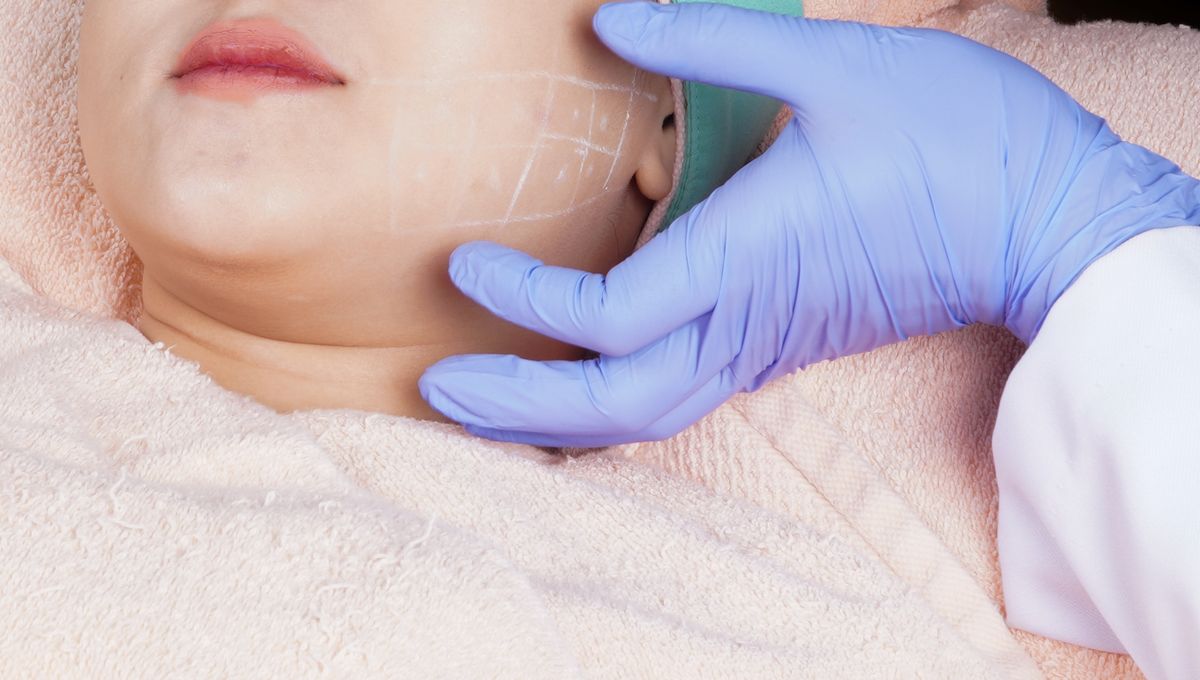
Face transplants are still a cutting-edge procedure. From 2005 to 2021, only 50 of these surgeries were carried out on 48 people, across 11 countries. As we’re approaching 20 years of these groundbreaking operations, scientists have conducted the first study to assess how the patients fared after their transplants, and the results are encouraging.
Face transplants were developed to push the boundaries of what is possible with facial reconstructive surgery. The first person to undergo a partial face transplant was Isabelle Dinoire, who lost much of her lower face in a dog attack. Back in November 2005, Dinoire’s lips, nose, and chin were transplanted at Amiens-Picardie University Hospital in France.
The initial surgery was a success, although it was later followed by rejection episodes and the partial loss of the graft. Though Dinoire died of cancer in 2016, the legacy of the pioneering surgery went on to inspire subsequent advances in the field.
Most recently, an eye and partial face transplant was successfully carried out on a US military veteran who had suffered a workplace electrical injury. One year on from the surgery, doctors confirmed that the transplanted eye was responding to light – a huge breakthrough, albeit not one that will restore the patient’s sight.
The authors of the new analysis took a comprehensive look back at the first 50 face transplants, which were performed on 39 men and nine women in just 18 centers between 2005 and 2021. The majority of the surgeries (29) took place in Europe, with 19 in North America, one in China, and one in Russia. Two of the patients underwent a second face transplant.
Around half of the transplants (52 percent) involved the entire face, and 66 percent included transplanted bone as well as soft tissue. For 46 of the transplants, the authors were able to obtain detailed follow up data for a median of 8.9 years post-surgery.
Overall, the surgeries had a 5-year survival rate of 85 percent and a 10-year survival rate of 74 percent. This was defined either by the patient being alive or the graft remaining intact at 5 or 10 years.
There are various reasons why a transplant may be lost or have to be removed; immune rejection is always a risk with any transplant surgery, for example. Out of six cases of transplant loss, the authors explain, four were due to rejection, one was removed after the patient developed a disease affecting their white blood cells, and one transplant failed after the tissue was damaged during the initial surgery.
The survival rates the authors calculated in their analysis show that face transplants compare favorably to other types of transplant surgery. For instance, kidney transplants have a 10-year survival of up to 56 percent. The authors explain that over time, lessons learned from earlier transplants have meant that the more recent face transplants have had even better outcomes.
However, it’s important to note that this is still a very rare procedure, and this sample size is very small. The data also did not include any reports from the patients themselves about how they recovered post-surgery, nor any assessment of the functional results of the transplants.
Facial transplantation will continue to be perfected and refined; but, according to the authors, all indicators show it’s a promising option for those for whom conventional reconstructive surgery is not possible.
“The majority of patients with severe facial defects can be treated with conventional methods but there are those whose defect is too complex for it,” commented corresponding author, Dr Pauliina Homsy of the University of Helsinki, in a statement.
“The encouraging face transplant survival rate suggests that face transplantation can be a long-term reconstructive option for these patients.”
The study is published in the journal JAMA Surgery.
Source Link: World's First 50 Face Transplants Have Shown “Encouraging” Survival And Success